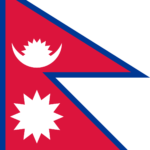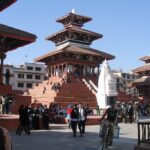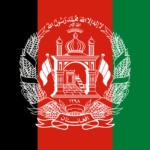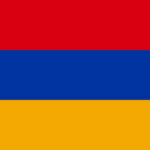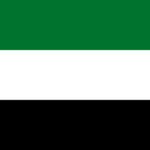Nepal
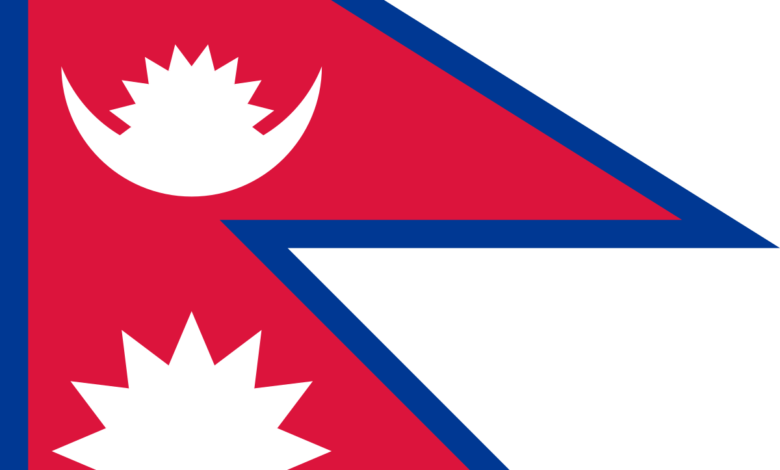
Nestled in the heart of the Himalayas, Nepal is a country that captivates with its ancient culture and breathtaking landscapes. With its borders flanked by China and India, Nepal boasts eight of the world’s highest mountains, including the majestic Mount Everest, known locally as Sagarmatha. This landlocked nation has a rich history and has undergone significant changes, from being closed off to the outside world to embracing democracy and abolishing its monarchy. In this article, we will delve into the diverse aspects of Nepal, from its geography and people to its economy and cultural heritage.
| Capital
and largest city
| Kathmandu[1] 28°10′N 84°15′E |
|---|---|
| Official languages | Nepali[2] |
| Recognised national languages | All mother-tongues[3][4] (see Languages of Nepal) |
| Ethnic groups (2011) | |
| Religion (2021) | |
| Government | Federal parliamentary republic |
| Bishowambhar Prasad Shrestha | |
| Legislature | Federal Parliament |
| National Assembly | |
| House of Representatives | |
| 25 September 1768 | |
| 4 March 1816 | |
| 21 December 1923 | |
| 28 May 2008 | |
| 20 September 2015 | |
| Area | |
|
• Total
| 147,516 km2 (56,956 sq mi) (93rd) |
|
• Water (%)
| 2.8% |
| Population and others | |
|
• 2022 estimate
| 30,666,598 (49th) |
|
• Density
| 180/km2 (466.2/sq mi) |
| GDP (PPP) | 2022 estimate |
| GDP (nominal) | 2022 estimate |
| Currency | Nepalese rupee (Rs, रू) (NPR) |
| Time zone | UTC+05:45 (Nepal Standard Time) |
| Date format | YYYY/MM/DD |
| Calling code | +977 |
| ISO 3166 code | NP |
| Internet TLD | .np |
Land and Relief
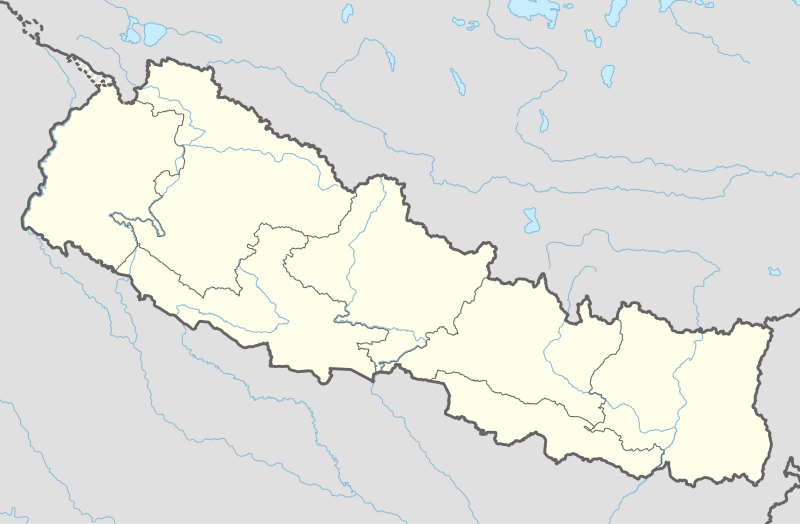
Covering an area of 147,516 square kilometres, Nepal is a land of diverse topography. Its relief is characterized by the towering Himalayas in the north, the fertile plains of the Terai region in the south, and the hilly landscape that lies between them. The Himalayas, home to Mount Everest, are a haven for adventure enthusiasts and trekkers from around the world. The Terai region, on the other hand, is known for its lush forests and rich biodiversity. The hilly region, which encompasses the Kathmandu Valley, is dotted with picturesque towns and ancient temples.
Climate and Natural Beauty
Nepal experiences a varied climate due to its diverse topography. The country can be divided into five climatic zones, ranging from tropical in the Terai region to alpine in the high mountain areas. The best time to visit Nepal is during the spring and autumn seasons when the weather is pleasant, and the skies are clear, offering panoramic views of the surrounding mountains. The natural beauty of Nepal is unparalleled, with its pristine lakes, cascading waterfalls, and dense forests teeming with wildlife.
Cultural Heritage
Nepal boasts a rich cultural heritage that reflects its long history and diverse ethnic groups. The country is home to numerous UNESCO World Heritage Sites, including the historic city of Kathmandu, the birthplace of Lord Buddha in Lumbini, and the medieval town of Bhaktapur. The architecture of these sites showcases the intricate craftsmanship and unique artistic styles of Nepal. The people of Nepal are known for their warm hospitality and deep-rooted traditions, which are celebrated through colourful festivals and religious ceremonies.
People and Ethnic Diversity
Nepal is a melting pot of ethnic diversity, with over 125 different ethnic groups. The largest ethnic group is the Indo-Aryans, followed by the Tibeto-Burmans and indigenous communities. Each ethnic group has its own distinct language, culture, and traditions, contributing to the vibrant tapestry of Nepalese society. The official language of Nepal is Nepali, but many other languages are spoken throughout the country. Religion also plays a significant role in Nepalese culture, with Hinduism and Buddhism being the predominant faiths.
Economy and Development
Nepal is one of the world’s poorest countries, with its economy heavily reliant on agriculture, aid, and tourism. The agricultural sector employs a significant portion of the population and contributes to the country’s food security. However, challenges such as limited access to modern farming techniques and infrastructure persist. The tourism industry, driven by the allure of the Himalayas and its cultural heritage, plays a crucial role in generating foreign exchange and employment opportunities. Efforts are being made to diversify the economy and attract foreign investment in sectors such as hydropower, manufacturing, and information technology.
Sports and recreation
Nepal shares a common love for football with many countries worldwide, with the Nepal National Football Team being the most popular in the nation, although their international performance has been mixed. Cricket is also on the rise in terms of popularity, with the establishment of the National Cricket Academy in 2013 to support player development. Nepal’s biggest cricket achievement to date was qualifying for the 2014 ICC World T20 in Bangladesh.
Popular sports in Nepal include football (soccer), cricket, swimming, volleyball, tennis, martial arts, boxing, wrestling, running, weightlifting, basketball, shooting, archery, badminton, and golf. The country also has traditional and regional sports such as Dandi Biyo, Kho-Kho, and Kabaddi.
Notable sporting successes include Nepal’s gold medal at the 2016 South Asian Games in India, where the men’s football team defeated India 2-1. Some notable athletes from Nepal include Gaurika Singh in swimming and Sharad Vesawkar in cricket.
In sports trivia, Tejbir Bura, a Nepali national, won an Olympic gold medal in mixed alpinism at the 1924 Winter Olympics as part of the 1922 Everest Expedition, though the medal wasn’t officially awarded to Nepal due to being part of a mixed team. Additionally, Gaurika Singh of Nepal became the youngest athlete at the Rio 2016 Olympics at just 13 years and 255 days, competing in the 100m backstroke event.
Environmental Conservation
Nepal is known for its commitment to environmental conservation and sustainable development. The country is home to several national parks and conservation areas, which protect its diverse flora and fauna. The Sagarmatha National Park, a UNESCO World Heritage Site, safeguards the fragile ecosystem of the Everest region. Conservation initiatives aim to preserve Nepal’s natural resources while promoting responsible tourism practices. The government and various NGOs are actively involved in raising awareness about environmental issues and implementing conservation measures.
Recent Challenges and Resilience
Nepal has faced several challenges in recent years, including a devastating earthquake in 2015 that claimed thousands of lives and caused widespread destruction. The country has shown remarkable resilience in rebuilding infrastructure and restoring heritage sites. Additionally, political stability has been a key focus, with Nepal transitioning from a monarchy to a federal democratic republic. Efforts are underway to address social and economic disparities, improve governance, and promote inclusive development.
Future Prospects
As Nepal looks towards the future, it continues to strive for sustainable development and economic growth. The government is investing in infrastructure development, including road networks and hydropower projects, to spur economic progress. Initiatives to promote education and healthcare are also underway, with a focus on improving the overall well-being of the population. Nepal’s unique blend of natural beauty, cultural heritage, and warm hospitality positions it as a promising destination for tourists and investors alike.
National Anthem
The national anthem of Nepal: Sayaun Thunga Phulka
“Sayaun Thunga Phulka,” also known as “Sayaun Thunga Phool Ka” in Nepali (सयौँ थुँगा फूलका), is the official national anthem of Nepal. It was formally adopted on August 3, 2007, during a ceremony held at the conference hall of the…
Flag
The National Flag of Nepal
The national flag of Nepal stands out as the world’s sole national flag not confined to a quadrilateral shape. It is a fusion of two single pennons, with crimson red representing the rhododendron, Nepal’s national flower, and a symbol of…
Major Cities and towns
Kathmandu
Check Voyage info and Guide for Nepal Here Check the weather in Nepal Here Kathmandu, Nepal’s capital, is set in a valley surrounded by the Himalayan mountains. At the heart of the old city’s mazelike alleys is Durbar Square, which…

